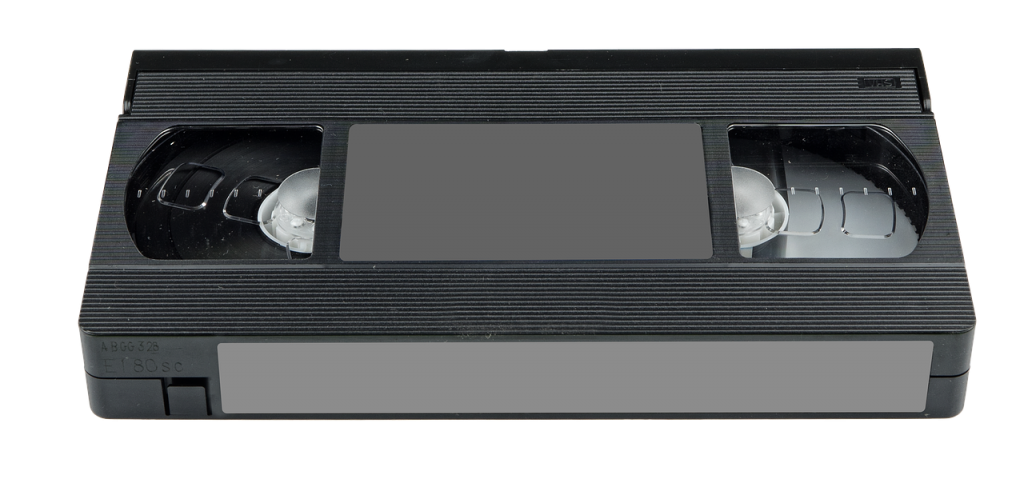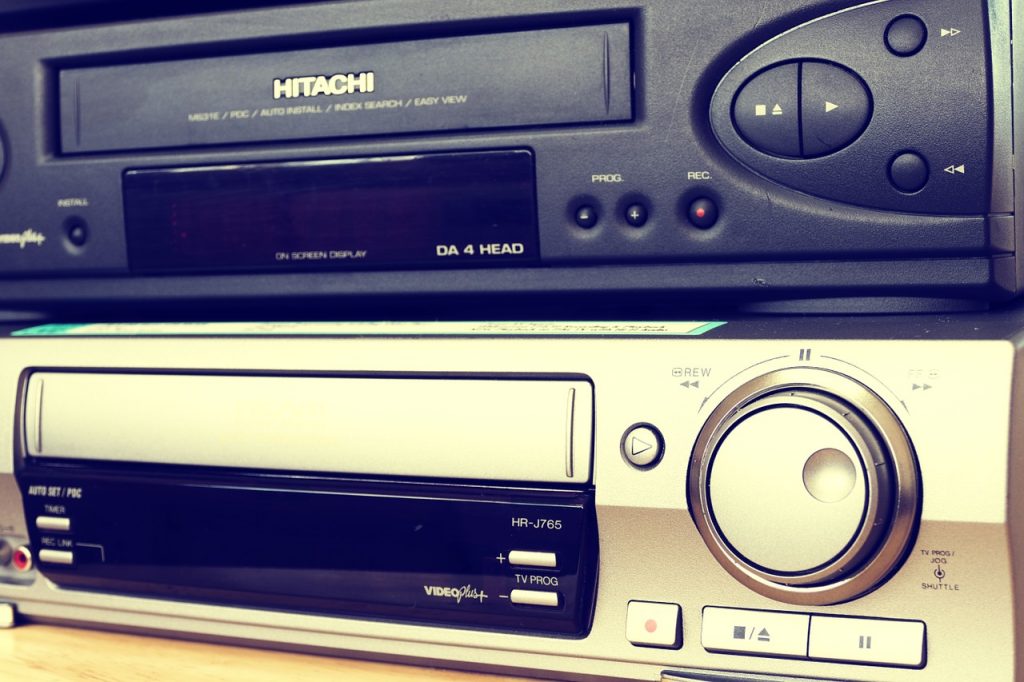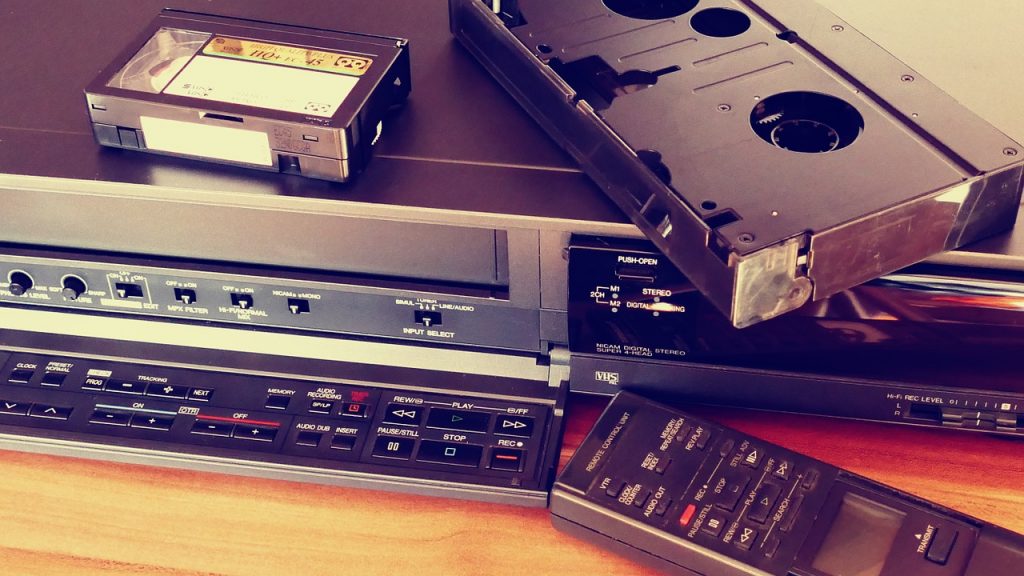Analog Bites the Dust: VCR Bids Goodbye to the Tech World

image credit: joshua_willson via pixabay.com
Time to say goodbye. The video cassette recorder or VCR, has finally reached its end point when the last VCR manufacturing company in the world, Japan’s Funai Corp., finally put an end to its production. The company stated that due to a “difficulty in acquiring parts” the VCRs will have to retire by the end of July.
As of 2015, more than 700,000 units were sold worldwide, showing that there was still a demand for the technology albeit significantly smaller compared to its heyday when millions were sold around the world. Interestingly, in a report from the Atlantic, 58 percent of American households still have a VCR as of 2013. It was significantly higher back in 2005 when 88 percent of American households had a VCR.
In a tribute written by the New York Times, the VCR was pegged as a revolutionary technology introduced in the 1950s, allowing users to record video in a magnetic film strip called a cassette tape, and playback videos in high quality. TV networks were some of the early adopters of the technology, and the first recording ever made was a keynote speech of the CBS Vice President.
But the technology really made waves in the consumer market towards the 80s and 90s. During this period, more than 15 million homes were expected to own a VCR. The rise of video rental shops like Blockbuster became a hit (the Netflix of this era), as well as the emergence of two cassette tape formats: VHS and Betamax.

image credit: InspiredImages via pixabay.com
The format wars
This piece of technological history is perhaps one of the most popular feuds in its industry. Way before Apple and Microsoft went head-to-head, Sony and JVC, two tech giants from Japan, battled for supremacy in the VCR format. Sony’s Betamax was a compact cassette tape, able to hold up to one hour of video recording. It was Sony who first released the home video recorder.
But what succeeded after that was another version of cassette tape called VHS, and the maker was JVC. It was a longer tape compared to the former, but it could hold up to two hours of video. This meant that only one cassette tape is needed to hold a full movie.
As the tale goes, Japan’s Ministry of International Trade and Industry (MITI) wanted to set a standard for video cassette recording for the industry. Sony proposed their Betamax technology as the standard and will have them license it to other companies instead. JVC, pushed back on this and wanted to have a standard that is open to competitors as well. MITI was close to siding with Sony but JVC was not so easy to give up. It teamed up with other companies like Matsushita, Panasonic, and Hitachi among others. MITI was finally pressured to allow an open standard therefore giving way to VHS tapes.
Because VHS was cheaper, recorded longer, compatible with other devices and was easier to acquire and purchase, Sony’s Betamax slowly died out. It was a victory for the VHS format.

image credit: InspiredImages via pixabay.com
As data storage?
Not a lot of people may know it, but VCR cassette tapes, particularly VHS tapes, were used as data storage devices as well. Magnetic tapes actually can hold in a ton of data. One example is ArVid or Archive on Video was a “data backup solution” that became popular in Russia (formerly the USSR). The device emerged from a project called ANO PO “KSI” in the early 90s and was able to connect a PC and VCR in order to store data on cassette. Data transfer was at 520 KB/sec and can one VHS tape can store up to 6 GB of data. More than 200,000 units were sold in USSR.
There are still a lot of fascinating stories about the VCR and how it was able to influence the world of technology. When VCDs and DVDs were finally introduced, the VCR faded back slowly away from the limelight. DVDs are facing a similar fate nowadays when video streaming is now becoming the new standard for entertainment.
But this is the nature of technology. It constantly evolves. It continues to churn out something new, something better that we humans have never thought we could make. As the old saying goes, “the only constant thing is change.”